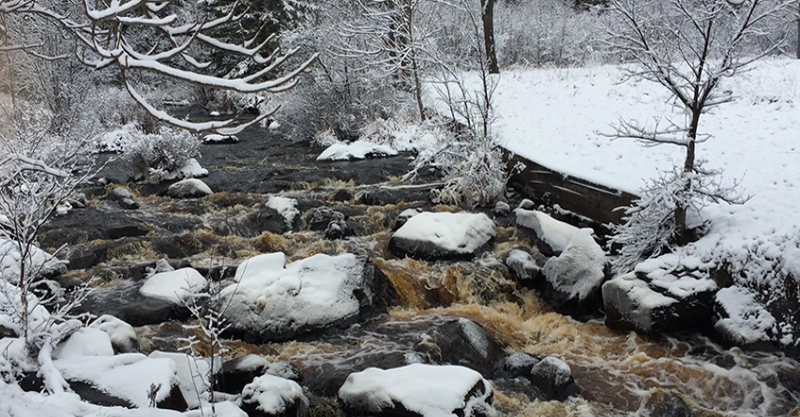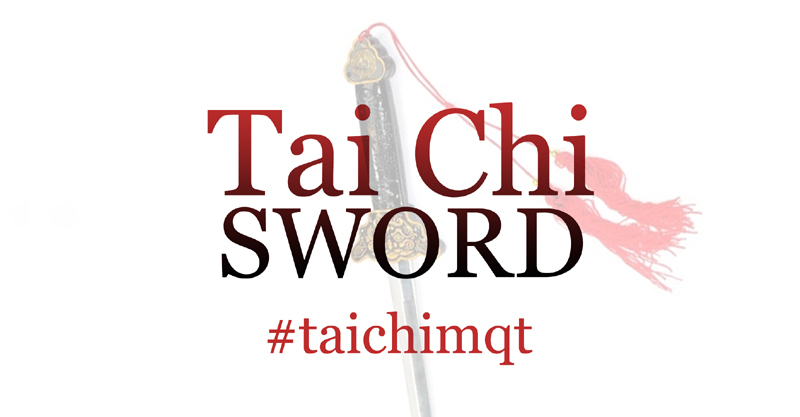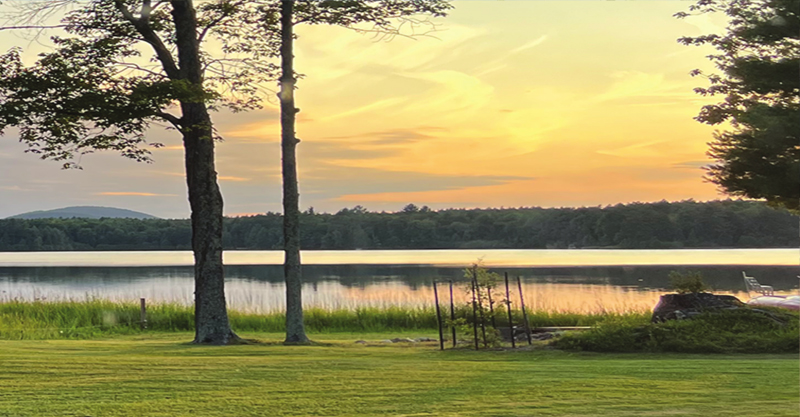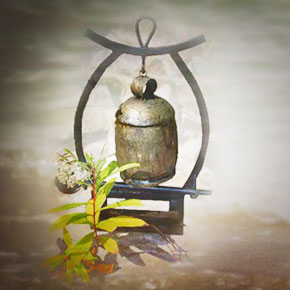In Northern Michigan, mid-winter days are known by traditional Anishinaabe peoples as a “Time of the Starving Moon.” Evenings are occasions for story-telling. Family memories and personal recollections are shared. But also, narratives of sacred myths that, over centuries, have shaped indigenous communities’ self-understanding.
Joan Didion, one of America’s finest journalists, wrote, “People live because they tell stories.” She proposed that the stories we choose to tell one another, to live by, are as essential as food, shelter, air and water. Stories offer meaning, courage, hope. They intend to show healthy ways of navigating our world. If Didion’s right, these days we’re in serious trouble.
Like shards of glittering refuse, piled in colorful heaps amidst a dopamine-fueled junkyard, the burst of popular stories via social media, celebrity culture, and the Internet are overwhelming the best of us. Along with recent warnings by our Federal government on the harmful impacts of social media on children, there’s more proof. Many of us, in more circumstances than we probably care to admit, often can’t remember whether we’ve watched or heard a particular story or not. The narratives simply cannot hold. We’ve been betrayed. Sure. They offer temporary, cathartic release. But little else.
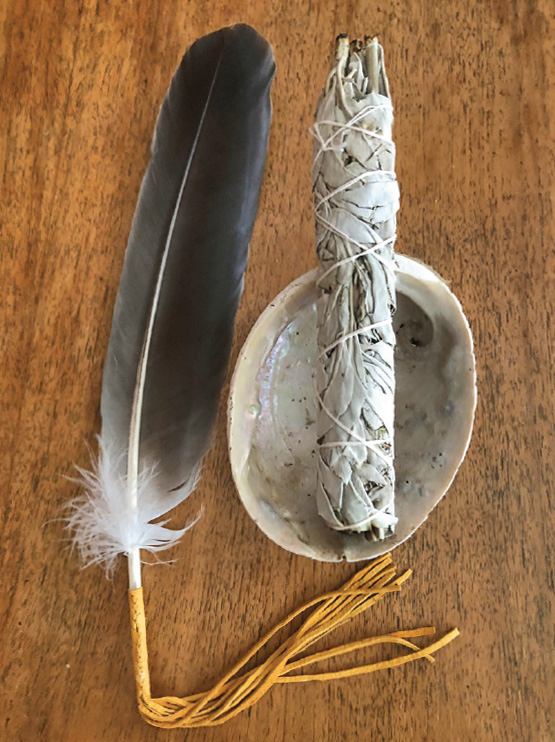
Good stories last. They provide encouragement, inspiration for living a deep, engaged life. By their nature, they find a home within our very bones.
C.S. Lewis, one of the world’s great story-tellers, keenly observed that most stories revolve around themes of what he called the “First Magic.” These narratives speak to a human longing for justice, for the bad to get their due. Comedy serves a similar purpose: It turns the world upside down with a good laugh. Things are put back in order, more or less. There’s satisfaction in listening to these kinds of stories or viewing such films. Who doesn’t enjoy a good revenge story?
A second form of narrative Lewis calls “Deep Magic.” These are stories about sacrifice, courage, community, compassion. They also carry themes of betrayal, violence, and disillusionment. But they are framed by deeper hope, grounded in a future vision. They point to a world, a kingdom larger than our own. These are stories that, Lewis says, in the end will save us.
We live inside stories. Unique tapestries of identity, shaped by personal experiences. And, more than we care to admit, unconsciously inherited from our families, nationalities, ethnic and religious heritages. During this “Time of the Starving Moon,” like the Anishinaabe who once sat huddled during long dark winter nights in the warmth of fire-lit winter lodges, let’s make sure we gently remind ourselves that most of our personal narratives point, finally, to a drama larger than we know. Each generation, like ours, is invited to reclaim, to recover insights from the great sacred stories for their own time. To discover their power, be carried by their blessings.

Winter 2022 Ecotone Newsletter
CONTENTS
JOURNAL NOTES
The January 2022 issue of the Marquette Monthly features an article “The Promise in a Time of the Starving Moon.” It includes a tribute to Jill Krah , a friend and long-time supporter with her family of NMU campus ministry and Cedar Tree Institute projects. Jill died following a long, lingering illness surrounded by her family and the support of hospice staff. A memorial service was held in her honor with Pastors Molly Everson, Scott Ehle, and the CTI Director officiating on December 13th.
REF: marquettemonthly.org
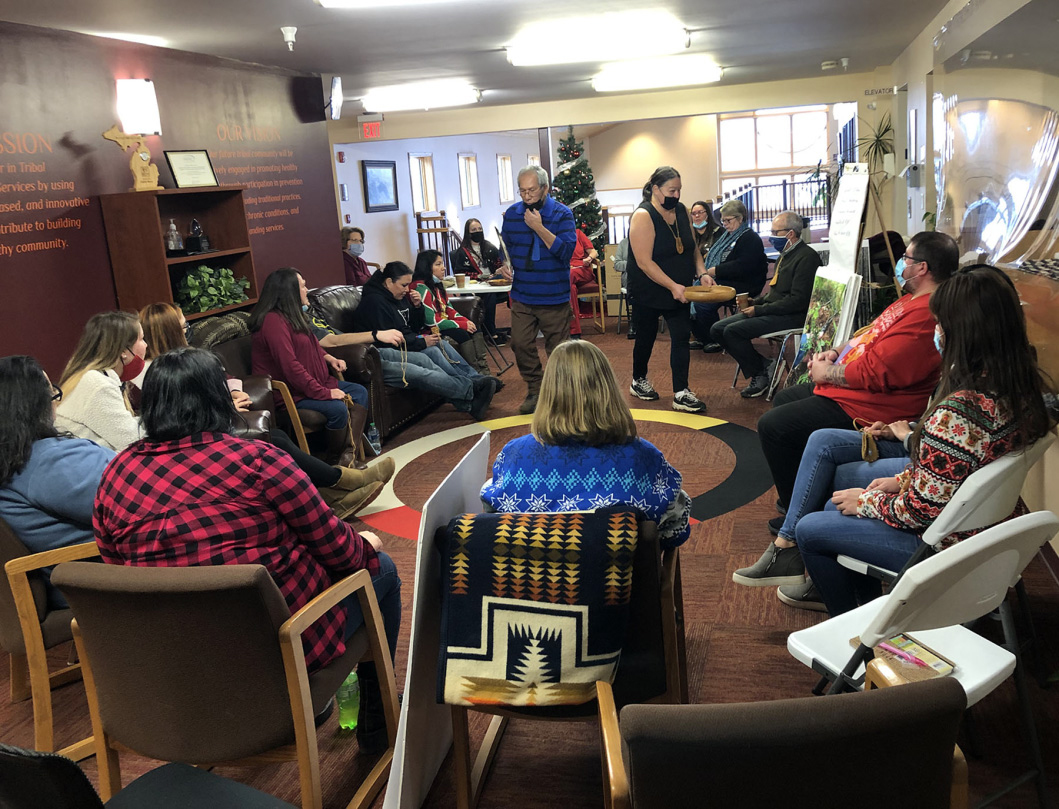
On December 17th, CTI conducted the first of a two day training (Medicine Wheel II) project for the tribal health staff of the Keweenaw Bay Indian Community. Thanks to KBIC’s Stephanie Bliss, Joe Dowd, and Kathy Mayo who, with Mike Grossman, M.D., provided mental health support for front-line workers during time of COVID-19.
Our gratitude to friends John and Pauline Kiltinen who are providing support for publishing a collection of 48 essays on “The Gift of Water,” written by 48 different local writers from various faith traditions. These reflections were part of a 4-year faith-based effort to protect, sanctify, and defend the streams, lakes, and waterways of Michigan’s Upper Peninsula. Paul Lehmberg, a local Buddhist priest and retired NMU English professor, will serve as editor.

News recently arrived that 23-year-old Liam Ethan Gauthier passed from this side of life to another on December 14th. The cover of the 2019 Fall issue of CTI’s “Ecotone” carries a description of our first meeting. Months later, I visited Liam in the Alger County Jail where he was confined for a parole violation. Ethan was a spiritual, sensitive individual. My personal thanks to Alger County’s Public Defender who brought us together. Ethan once wrote to me in a letter, “My life never been an easy or a simple road.”

Ruth Almén, CTI’s friend, experienced the traumatic, sudden loss of her brother and sister-in-law in December. Ruth and her mother were carried through the aftermath of this shock by hundreds of prayers and texts of support from friends of her family across North America. Their network of faith-based relationships, built over years, was remarkable. Unlike anything I have witnessed in my lifetime.
Thanks to an invitation from Cathy Waldhauser, on January 25th, the CTI Director served as guest presenter for a Zoom meeting with Minneapolis’ Golden Valley Garden Club. The topic: “Making Maple Syrup and Sugar in the North Woods,” A practical instructive workshop on what it takes to prepare these earth-based, traditional foods from the Upper Peninsula.

Over decades, gifts of maple syrup and sugar have been shared with bishops, guests from Tanzania, Central American refugees, and dozens of others from diverse walks of life. For five years, they were personally delivered by CTI’s friend Chuch Magee (1948-2002) to his musician colleagues, the five members of the Rolling Stones. Chuch was their Crew Chief and guitar technician.
February 7th marks the 50th anniversary of the arrival of Nanda Raj Shrestha to the United States from his home in the mountains of Nepal. Diana and I welcomed Nanda at the airport in Los Angeles. He married his wife Pam years later in Indiana. Together they built an extraordinary life. Nanda and Pam now live in Tampa, Florida with their son and grandson nearby.
Nanda and the CTI Director met during his two years as a Peace Corps volunteer. 1967-69.
THE RETURN
FR. JACQUES MARQUETTE
THE RETURN June 18, 2022
A REMARKABLE STORY
A complex, troubled journey. A turn of events unfolding over past decades, coming to fruition in ways, unimaginable.
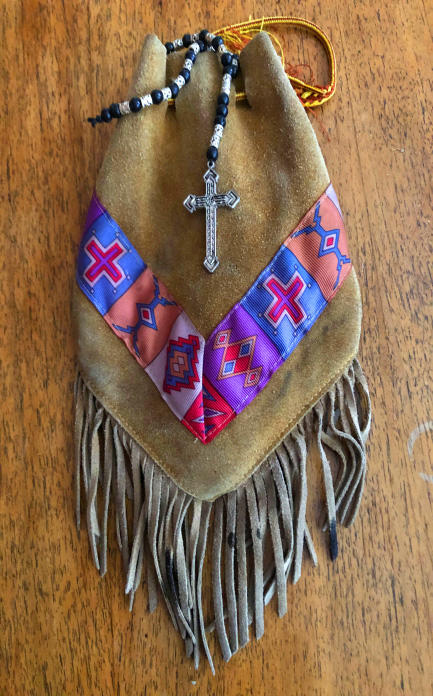
In collaboration with the Museum of Ojibwa Culture in St. Ignace, members of the Jesuit Order, and Native American elders in Mackinac County, The Cedar Tree Institute is assisting in making arrangements for the remains of Fr. Jacques Marquette to be returned and reburied at his original grave site in St. Ignace, Michigan. The bones currently are under care, having been preserved for over 100 years by Marquette University in Milwaukee. In the spring of 2022 in Milwaukee, Marquette’s remains will be formally presented to a Native American delegation from the St. Ignace community. A ceremony and festive meal will take place in the St. Ignace Ojibwa museum courtyard where Marquette’s remains were first prayerfully laid to rest in June, 1677. Open to the public and at no cost, this event is scheduled to take place Saturday, June 18th. That morning, Jacques Marquette’s remains will be placed back into sacred ground, at the original Mission he founded with his Jesuit colleagues in 1671.
THE TRANSITION TEAM
Shirley Donivan Sorrells, Director, Museum of Ojibwa Culture
Tony Grondin, Tribal elder, Sault Ste Marie Tribe of Chippewa Indians
Russ Rickley, Tribal elder, Sault Ste Marie Tribe of Chippewa Indians
James Boynton, S.J., Jesuit Brother, Sault Ste Marie Tribe of Chippewa Indians
David Teilbar, Pastor, representing the Mackinac County interfaith community
Jon Magnuson,The Cedar Tree Institute
Daniel Rydholm, MDiv., MSW, Historian
Makari Rising, Documentary Film-maker
Al Fritsch, S.J., Jesuit, Consultant
A Project in Collaboration with Marquette University, Milwaukee, Wisconsin
THE CHALLENGE
The Cedar Tree Institute has made a singular commitment to organize a one-time fund-raising effort on behalf of the Museum of Ojibwa Culture. Funds will be used by the St. Ignace community and the Museum to facilitate The Return.
EXPENSES NEEDING TO BE COVERED
Preparation of the grave site in St. Ignace, support for a Native delegation to Marquette University in Milwaukee, costs of a public commemoration and celebration on June 18th, archiving a written record, and producing a film documentary of this return of Fr. Marquette’s remains to the St. Ignace Mission.
OUR EFFORTS will be an expression of support by individuals from many walks of life. Donors will be acknowledged on a plaque in the Museum at the former site of Fr. Marquette’s Mission. These names will remain a legacy, along with historical records and a film documentary, for future generations. Our hope is, as years pass, visitors will find encouragement in this story of reconciliation and healing between cultures.
For Contributions to The Return, please respond by May 1, 2022.
Thank you.
WHO WAS JACQUES MARQUETTE?
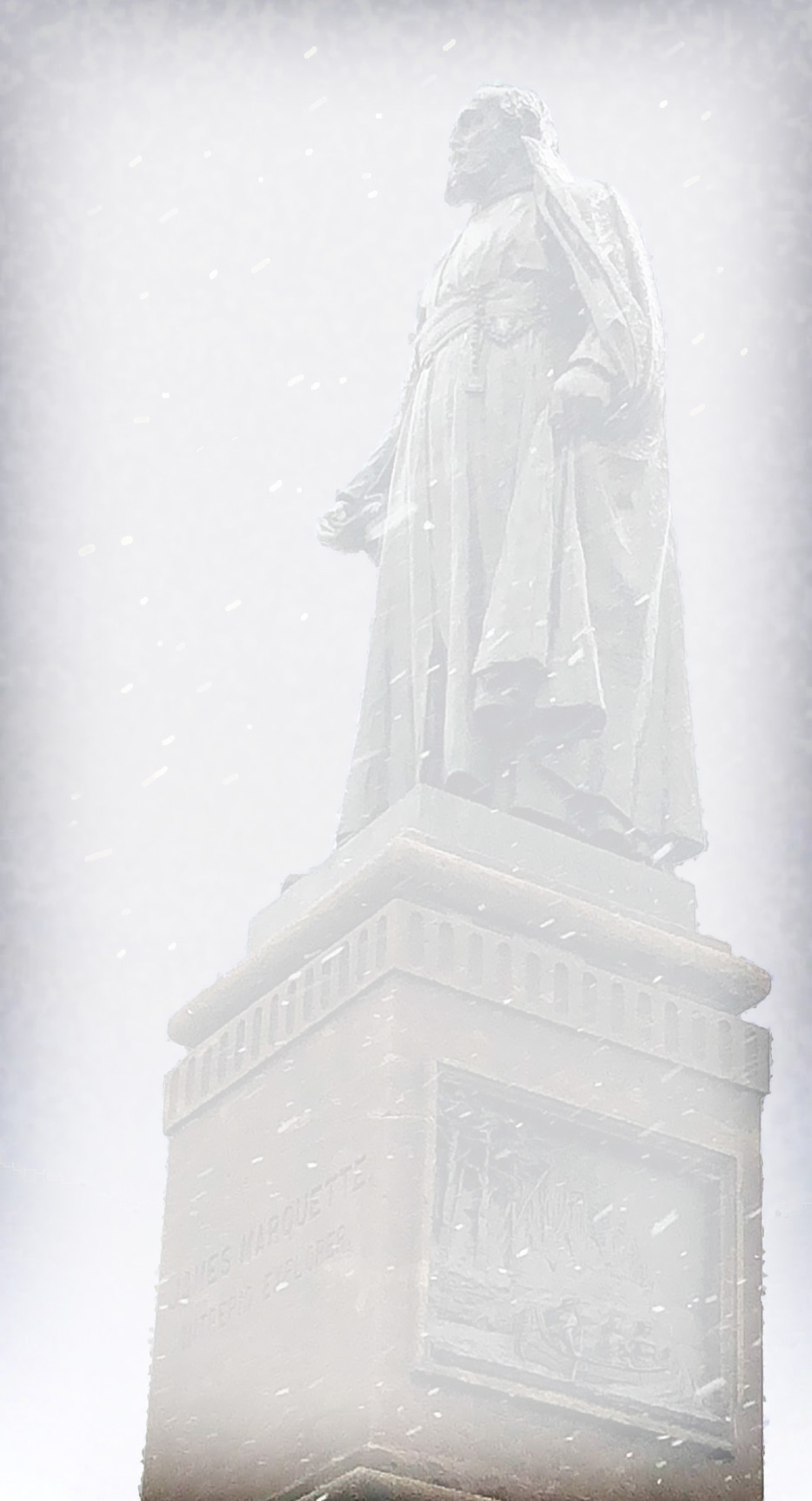
In the 17th century, 700 French Jesuit priests were commissioned to travel to “New France,” what is now Canada and our nation’s Northeast states. They were called “Black Robes” by indigenous peoples of this region. Jacques Marquette (1637 – 1675) was among them. Upon arrival in Quebec, he devoted himself to learning local languages and became fluent in six different Native dialects.
Fr. Marquette founded Michigan’s first European settlement at Sault Ste. Marie. Two years later, in 1671, he established the mission at St. Ignace which he came to regard as his beloved home.
In 1673, he joined French Canadian explorer Louis Jolliet to survey and map the Mississippi River valley. On the return trip by canoe, he died of dysentery along the shores of Lake Michigan. Two years later his bones were carried to St. Ignace by Native peoples. The rest of the story is a fascinating one, soon to be told.
Visit “The Return” for more information and to support this project.
IN MEMORIAM
Jonathan Kniskern
1953 – 2021

Psychologist, colleague, woodsman, Jon moved with his wife Laurel to Marquette in 1981 where they raised three children, building together a life of quality and service to our wider community.
As a school psychologist and counselor in private practice, Jon worked on several projects with CTI over the years: Facilitating workshops on mental health for clergy, and providing screening for ministerial candidates with the Presbyterian Church. On one occasion he shared with a group of at-risk youth from our County’s Juvenile Court a hilarious reflection: his bee-keeping experiences including his escape from a honey-loving black bear. Jon loved the forest. He was a forager and amazing cook. During one of his last visits to a physician’s office at the Mayo Clinic, he was identifying berries on an office plant. Prayers are with Laurel, his kindergarten classmate and wife of 45 years, and children Sarah, Matt & Emily.
A few years ago, I invited Jon to an early breakfast at a local café. Out of curiosity. I noticed that he had begun attending Sunday morning services more consistently, at our local faith community over recent years. He would sit in the balcony with his wife Laurel. I was interested if he might share a thought or two on what contributed to that decision. “It was a Christmas Eve service,” he said. I asked, “Was it the sermon? The music?”
After a pause and a smile, he responded, “No, not especially.” Then continued, “At some point that evening, I was overwhelmed by a sense of gratitude, unlike anything I had previously experienced. I continue to honor that.”
Jon was touched by a mysterious fire some believe burns at the heart of the universe. It now has fully embraced him. Farewell good friend.
Raymond Hasenauer
1950 – 2021
We were first introduced by Ken Kelley, then a faculty member with Northern Michigan University. Both Ray and I were invited that year to provide field-site supervision for students preparing for careers in social work.
Over the years, Ray helped me tap maples during syrup season and plant trees with volunteers along the Yellow Dog River. He often shared insights about serving families and children among the rural poor of the Upper Peninsula. He loved baseball, hunting, fishing, and gardening.
Ray Hasenauer saw “double.” Like others of us, he danced along that fine line between hope and skepticism. We talked, over many years, about the writings of Jim Harrison, Carl Jung, Ram Dass, and James Hillman. Once, following the sharing of communion at a remote cabin, part of retreat on the theologian Paul Tillich, Ray told me he experienced a moment of revelation. He saw himself reunited with his deceased brother and welcomed by the beloved dogs that had been a part of his life. To honor that, for a dozen years following, he prepared a venison meal each August for CTI’s subsequent retreats along the shores of Superior. Following a stroke in 2020, his circle of friends surrounded him -Deb, Jim, Dean, Ken, Pish, Diana, John, Pam, Don, and Leslie. Surviving members of Ray’s immediate family are his wife Lisa and daughter Serra.
ON THE HORIZON
SPIRIT OF PLACE
A Three-Day Retreat, Big Bay, Michigan
The Mystery of Trees
September (TBA)
The challenges of forest ecology, spiritual traditions, and the impacts of the timber industry on the ongoing health of the planet.
HEALING WATERS
A Six -Week Series for Senior Citizens
March – April
Mental health strategies for embracing stress, health, and aging. In collaboration with the interfaith communities of Negaunee and Ishpeming.
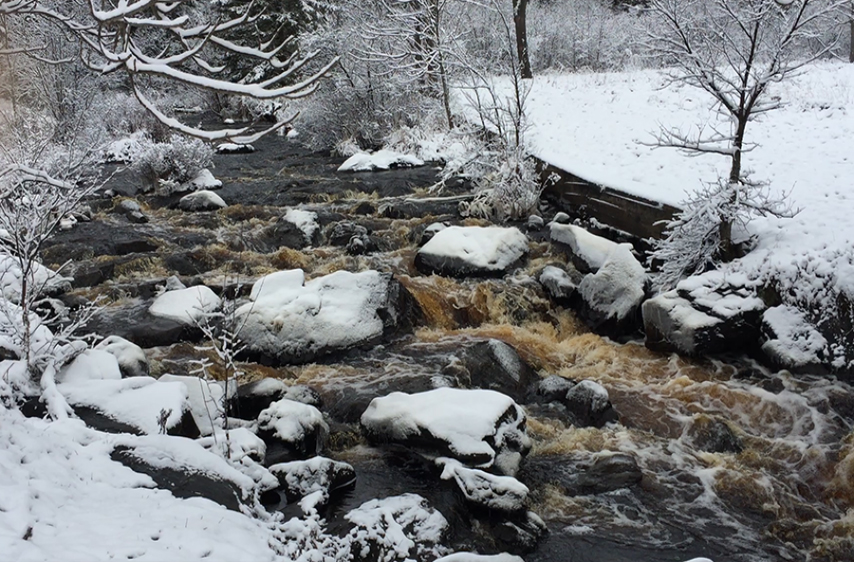
THE SAMUEL PROJECT
A Zoom series on the Dynamics of Prayer
January – February
With Lee Goodwin, Barb Ojibway and the CTI Director. A collaboration with the Northern Great Lakes Synod’s (ELCA) Faith Formation Program. Bishop Katherine Finegan and ethicist/theologian Joe Piccione, join us as special presenters.
INTERFAITH WATER STEWARDS II
The restrictions of COVID-19 have limited the launching of our interfaith “drinking water protection” efforts. Our planning team is now moving to an initial Zoom educational series. Our partners are The Interfaith Wild Church, The Episcopal Diocese of Northern Michigan, the Northern Great Lakes Synod (ELCA) and Messiah Lutheran Church.
Thanks to Lanni Lantto, (Wild Church Director), Bre Kinnunen (NMU Lutheran Campus Ministry) and Deacon Lori Ward (NGLS/ELCA) who are assisting with implementing this four-year public health initiative.
MIND/BODY PRACTICES
Tai Chi and Qi Gong
Our 5th 10-week series via Zoom continues with 10 folks from five states.
Weekly sessions on Wednesdays at St. Paul’s Episcopal Church’s Morgan Chapel. Full vaccinations and masks required.
View our Tai Chi page for more information.
CTI BOARD
- Jon Magnuson, CTI Executive Director
- Steve Mattson, Financial Consultant, Wells Fargo Private Client Services, Retired
- Jim Elder, Attorney
ADVISORY COUNCIL
- Larry Skendzel, Physician, Hospice Care
- Gareth Zellmer, Consultant, Trainer
- Ken Kelley, Professor Emeritus, NMU
- Rick Pietila, U.S. State Department
- Jan Schultz, Botanist, USFS, Retired
- Michael Grossman, Family Physician
RESEARCH FELLOWS
- John Rosenberg
- Ruth Almén
- Kent Fish
- Joseph Piccione
SEEING “DOUBLE”

Ref: The Denver Art Museum / From the Gallery of South American Indigenous Art
“In ancient Andean culture, the union of two opposing elements makes a harmonious whole: the sun and moon, man and woman, above and below. The Inca described the world as kay pacha, the here-now earth. They believed that humans lived on the edge between sky and the earth and between past and future.”
This is who we are. What we are about.
Thank you, all, for your support.
Thank you for reading the Winter 2022 Ecotone Newsletter, the official Newsletter of the Cedar Tree Institute.

